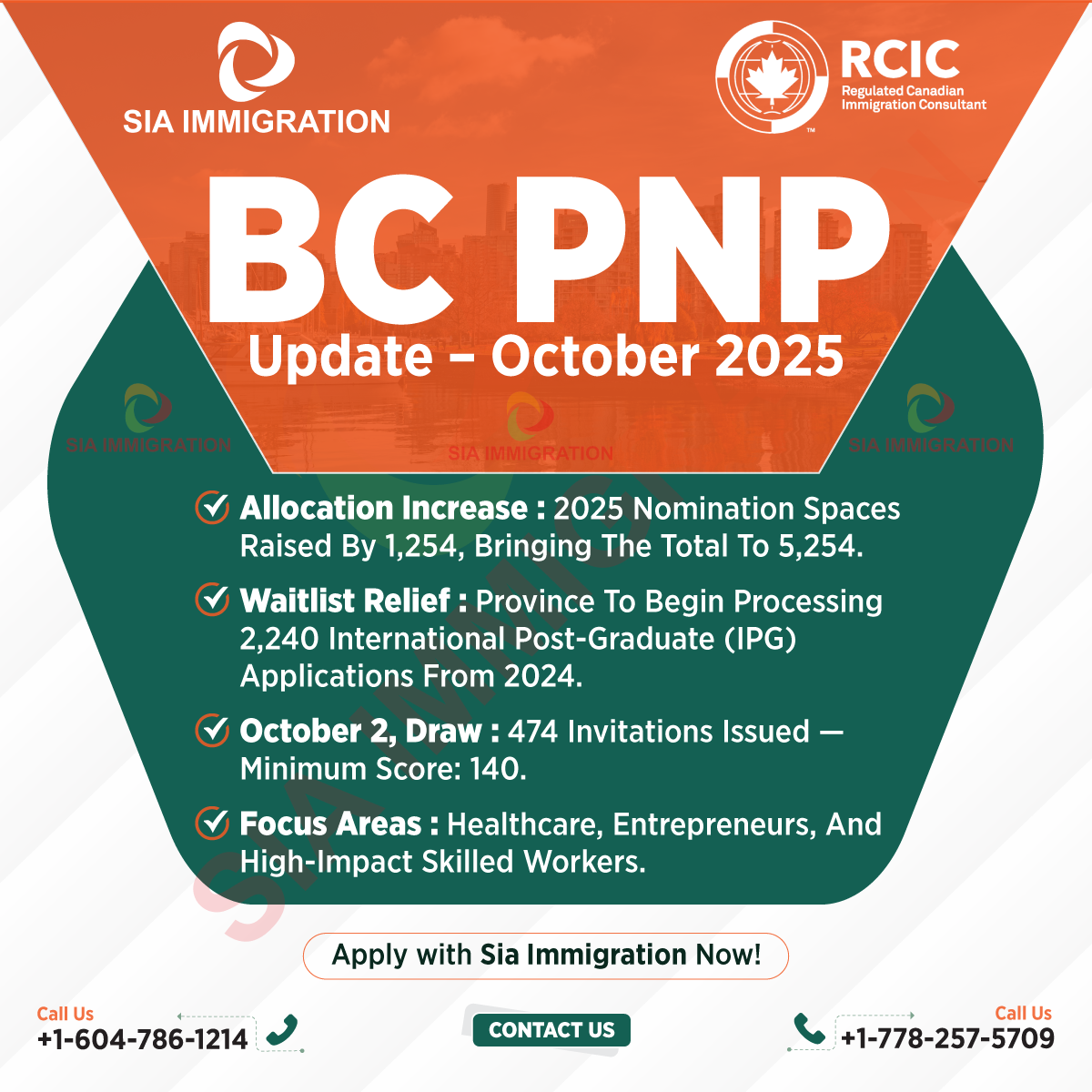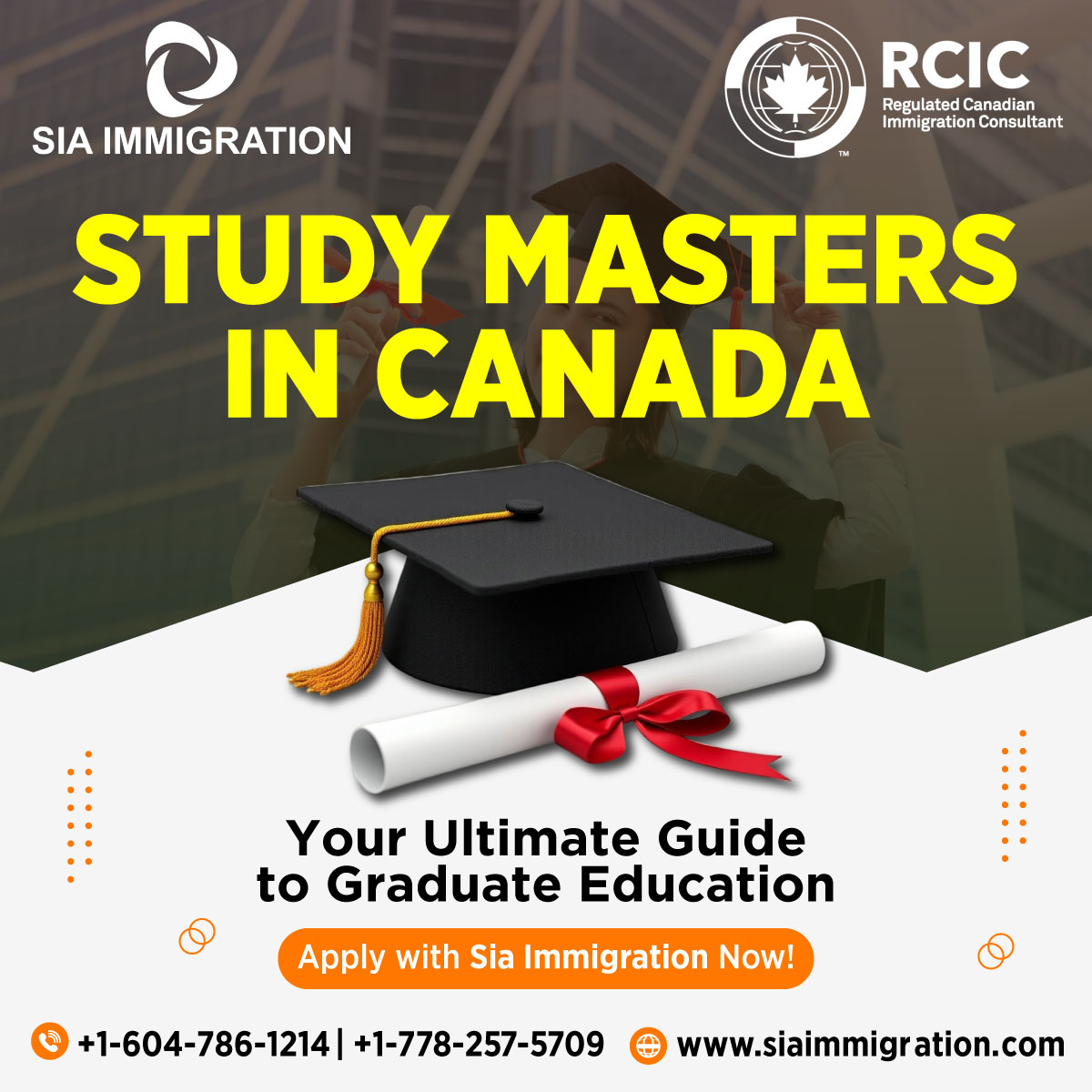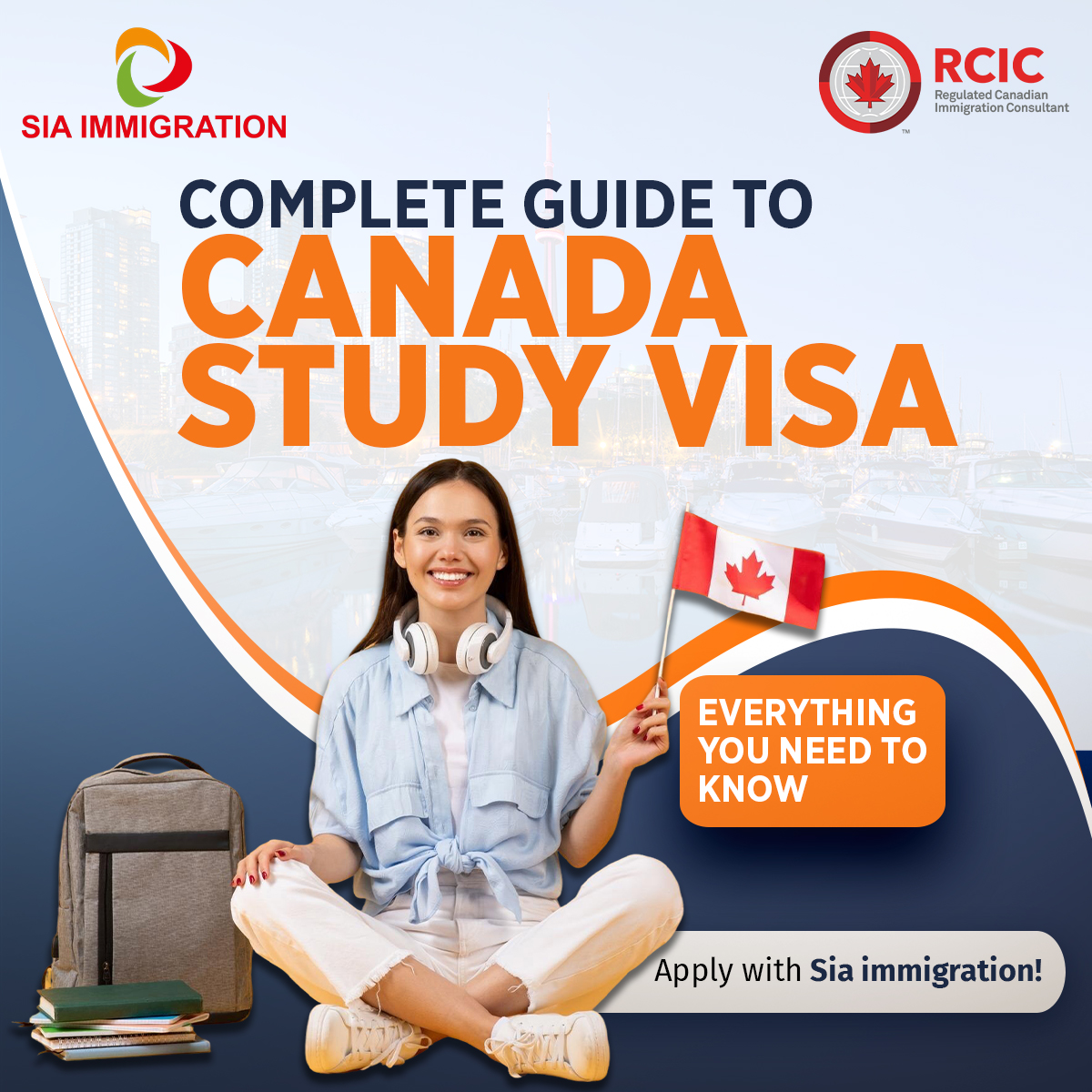- +1 (604) 786-1214 , +1 778-257-5709
- mkj@siaimmigration.com
IRCC transitioning new NOC 2021

IRCC transitioning to the new NOC 2021 system
On November 16, Immigration, Refugees and Citizenship Canada (IRCC) is transitioning to the 2021 version of the National Occupation Classification (NOC) system.
Firstly, the current NOC system (NOC 2016) classifies work experience under NOC skill types 0, A or B. As of November 16, IRCC will be using the new Training, Education, Experience and Responsibilities (TEER) system.
What is NOC 2021?
IRCC has been using different versions of the NOC system since 1992 to categorize and classify occupations for purposes of immigration. As of November 16, 2022, Immigration, Refugees and Citizenship Canada (IRCC) and Employment and Social Development Canada (ESDC) are using the 2021 version of the National Occupation Classification (NOC) system to assess the occupations of skilled worker permanent residence and work permit applicants. This change impacts Express Entry and a variety of other major Canadian immigration and work permit pathways.
National Occupational Classification 2021
On November 16, 2022, we’re switching to the 2021 version of the National Occupational Classification (NOC). This means that
• Current NOC 2016 skill type and skill level structure (NOC 0, A, B, C and D) will be replaced with a6-category system representing the training, education, experience, and responsibilities (TEER) needed to work in an occupation
• 4-digit occupation codes will become 5-digit codes
Programs Affected by NOC 2021
NOC 2021 impacts eligibility criteria for the following 11 programs:
- Express Entry: Canadian Experience Class (CEC), Federal Skilled Worker Program (FSWP), Federal Skilled Trades Program (FSTP)
- Atlantic Immigration Program (AIP)
- Provincial Nominee Program (PNP)
- Caregivers Programs
- Rural and Northern Immigration Pilot
- Agri-Food Pilot
- Out-of-Status Construction Workers
- Temporary Foreign Worker Program (TFWP)
- International Mobility Program (IMP)
New TEER Categories
Programs that used the NOC skill type or levels will now use TEER categories.
Most jobs will stay in the TEER category that is equal to the skill level in the table below.
Some jobs may change to a different TEER category.
Skill level B jobs may become TEER 2 or TEER 3 jobs.
TEER categories and examples of jobs
TEER 0 - Management occupations
Advertising, marketing and public relations managers, financial managers
TEER 1 - Occupations that usually require a university degree
Financial advisors, Software engineers
TEER 2 - Occupations that usually requirea college diplomaapprenticeship training of 2 or more years, or supervisory occupations
Computer network and web technicians, medical laboratory technologists
TEER 3 - Occupations that usually requirea college diploma, apprenticeship training of less than 2 years, ormore than 6 months of on-the-job training
Bakers, Dental assistants, and dental laboratory assistants
TEER 4 - Occupations that usually requirea high school diploma, or several weeks of on-the-job training
Home childcare providers, Retail salespersons and visual merchandisers
TEER 5 - Occupations that usually need short-term work demonstration and no formal education
Landscaping and grounds maintenance laborer’s, Delivery service drivers and door-to-door distributors
Will NOC 2021 impact CRS scores?
Through NOC 2021, the Comprehensive Ranking System (CRS) points given for ‘arranged employment’ will now follow an updated Skill Type/Level chart.
For example, a candidate who would have received 50 points for ‘arranged employment’ in Skill Type/Level 0, A or B (NOC 2016) will still get those points if their NOC is in TEER 0, 1, 2 or 3 (NOC 2021).













